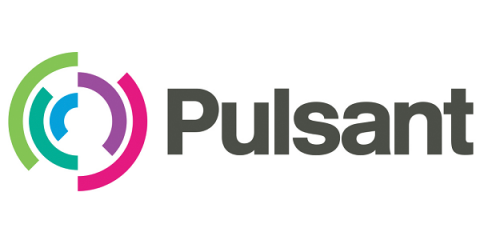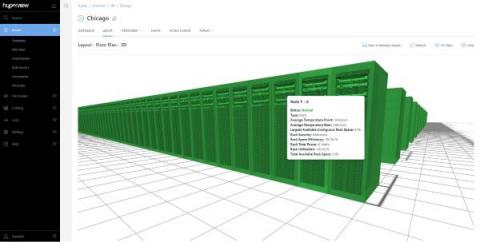Data Center Tax Incentives 101
Data centers play a critical role in today's digital economy, and governments around the world are recognizing their importance by offering tax incentives to encourage their development. These tax breaks can significantly reduce the financial burden on data center operators and promote sustainable and efficient operations. In this blog post, we will outline seven key steps to help you navigate the process of obtaining data center tax breaks.





